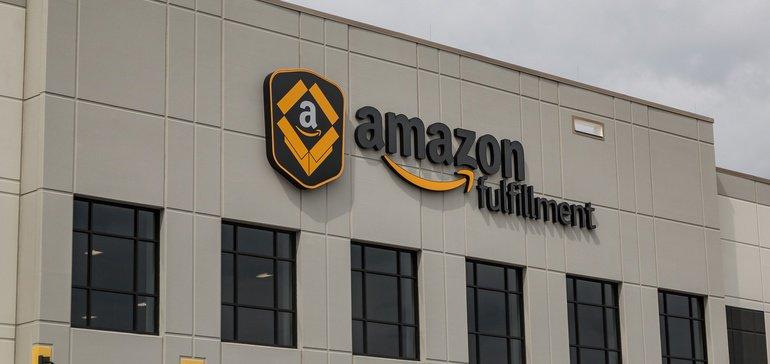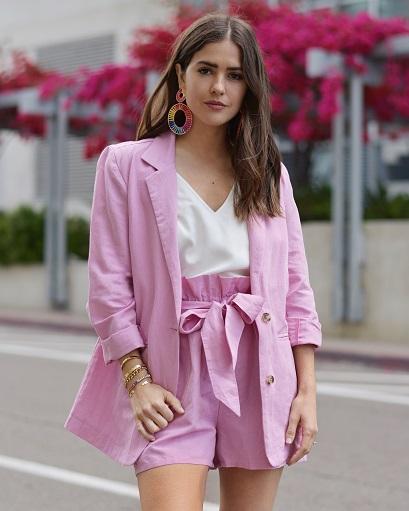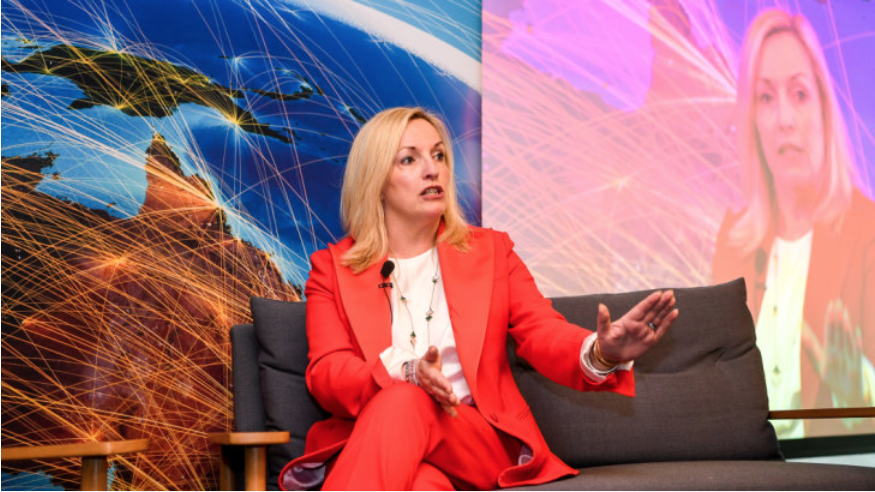
Sellers are once again alarmed at perceived moves to hustle them onto the Marketplace — but that might be good for everyone.
Vendors that to varying degrees depend on Amazon for their wholesale revenue were once again shaken last week by indications that the e-commerce giant might be culling its supplier base within its first-party — aka retail — operations.
Rumors and questions swirled after a Bloomberg report of a "purge" of smaller wholesalers. According to the report, vendors with annual sales of less than $10 million are being shunted to the Amazon Marketplace, "although that will vary by category," Bloomberg reported, citing its discussions with "three people familiar with the plan."
Learn to pinpoint areas with the highest potential impact on growth.
Amazon denied that characterization, both to Bloomberg and to Retail Dive. In an interview with Retail Dive, an Amazon spokesperson said that moving to the Marketplace, which now accounts for over half of goods sold, is often a choice made by the brands themselves.
"We informed Bloomberg prior to publication of their article that their sources and story are wrong," the Amazon spokesperson told Retail Dive in an email. "We review our selling partner relationships on an individual basis as part of our normal course of business, and any speculation of a large-scale reduction of vendors is incorrect. Like any business, we make changes when we see an opportunity to provide customers with improved selection, value and convenience, and we do this thoughtfully and considerately on a case-by-case basis."
According to firms that work with Amazon sellers, however, pressure on sellers to move from operating as wholesalers to selling directly through Amazon’s third-party marketplace is indeed happening. "Like most things that are so consequential, it will happen in stages. I believe it’s already started, we’re already seeing it happening," John Ghiorso, founder and CEO of Orca Pacific, a full-service Amazon agency, told Retail Dive in an interview. "I also don’t think that anyone’s going to know when it's done."
While the press coverage suggests that vendors might drop off a cliff, any shift will likely be gradual and could come through indirect action, according to experts who work with sellers. Those familiar with how Amazon's model works say a reduction on any scale could be accomplished at least in part through new rules and requests that might force a company to ditch Amazon's first-party operations, known as "Vendor Central" or "1p."
In recent weeks, for example, some sellers were given 60 days notice to enroll in Amazon’s brand registry, which requires a trademark, according to Fahim Naim, a former category manager at Amazon and now founder and CEO of e-commerce growth consulting firm eShopportunity.com, who works with sellers on both the vendor and direct to consumer seller platforms. A requirement like that could effectively knock out several brands, either because obtaining a trademark is time-consuming or because the seller’s name can't be trademarked for some reason, he said.
Furthermore, any time a seller moves from the 1p platform, whatever the reason, it can take time, which puts sales at risk. Per Amazon rules, already wholesaled goods must be depleted at Amazon’s warehouses before third-party Marketplace sales can begin, according to companies working with sellers on both marketplaces.
The notice in some cases may not even be that direct, according to Ghiorso. "The easiest way to know is, if you were a vendor and you didn’t have Amazon reach out to renegotiate the terms this year — you’re not staying on 1p," he said.
Uncertainty, fear — and the upside
Among many of the vendors that depend on Amazon's purchase orders for a significant portion of their sales, letters like the one stipulating brand registry signup or other indications of change, along with the press reports, are fomenting uncertainty and fear, according to agencies that work with sellers.
Last week's report came just a couple of months after Bloomberg reported a similar clear-out Bloomberg reported a similar clear-out by Amazon of sellers that the e-commerce giant said was meant to weed out those dealing in counterfeits. This round, the timing is especially thorny in light of the holidays, which, for suppliers and retailers, are officially looming.
"It's terrifying because there's not much time till Q4 — I do think it’s going to be chaotic," Naim told Retail Dive in an interview. "At Amazon, there are so many different teams involved and it's not an easy change. I think Amazon expected to have this change happen a while ago."
While change is always difficult, especially amid so much uncertainty, for most vendors there's likely an upside to moving to the third-party marketplace, according to those firms working with them.
"There will be short term pain. If you were on Vendor Seller for over a decade with six-figure P.O.'s and you've lived on this rhythm, it can take four months, all of a sudden, without any stable money coming in," Naim said. "But many of those brands will be very happy one year from now. In the long run, one year, two years from now, as long as they can make it through, they’re going to be happier."
Indeed, Naim and others at such companies said that many if not most brands will find that operating as a third-party seller is actually an improvement because their margins are likely to be higher and because they have access to customer information that Amazon doesn't share with its wholesalers.
"The advantage of selling directly to Amazon was that it’s really easy. Now you just lost your biggest customer," Ethan McAfee, CEO and founder of Amazon outsourcing partner Amify, told Retail Dive in an interview. "The good news is that there was demand for $10 million of your product widgets when Amazon was selling it, and there’s still going to be $10 million of demand when you’re selling it."
The win-win
It's fairly well established that Amazon gets more for less effort out of its Marketplace channel, collecting fees for its platform, warehousing, fulfillment and shipping without taking on the inventory risk. In its move to function less like a retailer, the company may also be wary of implications from lawmakers and antitrust advocates that it controls too much of the market, as when it backed off from requiring Marketplace sellers to offer their cheapest prices on Amazon.
But Marketplace's benefits don't only flow one way, experts say. There's already a strong inclination among smaller Amazon wholesalers to consider the third-party marketplace instead. A survey of brands selling on Amazon from marketplace commerce platform Feedvisor, for example, found that more than 81% of wholesale brands indicated they want to move to the Amazon Marketplace.
"The growing interest from brands in this expansion stems from a collective desire to get in front of a large audience with their broader catalog, increase their competitive presence, and have more control over their pricing and inventory," Feedvisor President and COO Dani Nadel told Retail Dive in an email. "However, moving to the 3P marketplace is not without its challenges. Amazon is a dynamic, complex marketplace that requires reputation management, agile operations, and brand visibility in order to be successful. This may require skills that wholesale brands may not yet possess."
That demand has stepped up since March, according to Amify's McAfee. "We’re getting a lot of calls largely from people who say we haven’t been cut off yet but we’re fearful and want to become proactive, for when we can no longer count on Amazon for those large purchase orders."
Firms like Amify, Feedvisor, eShopportunity.com and Orca Pacific all stand to gain from the move. While some larger sellers may have the in-house capability to accomplish the many tasks that come with operating as a third-party seller, a brand partner can be essential to those that don't, those companies say.
"I understand that it can be scary. The important thing for the 1p seller to keep in the mind is that they need to transition their business from 1p to 3p, and that is different from starting a 3p business," Ghiorso said. "I think long term in the aggregate this is actually better for everybody. I think it’s better for the customer, I think it’s better for suppliers and it’s better for Amazon."











